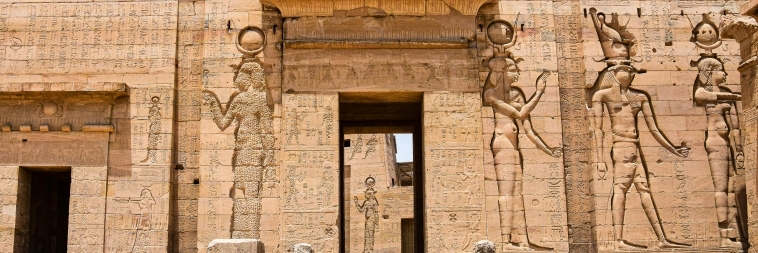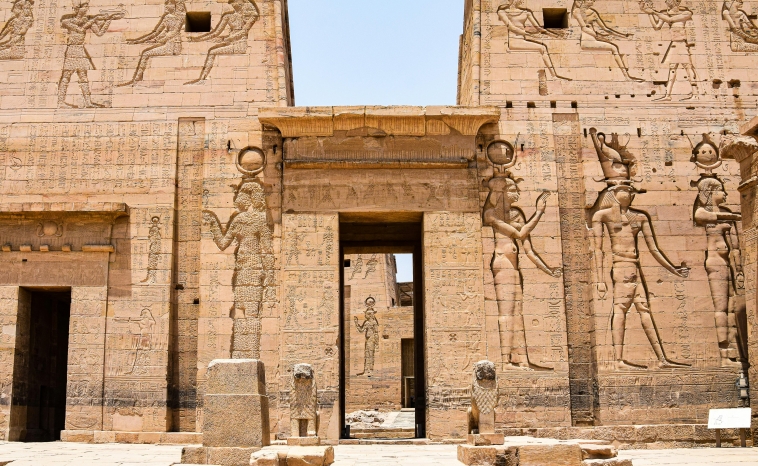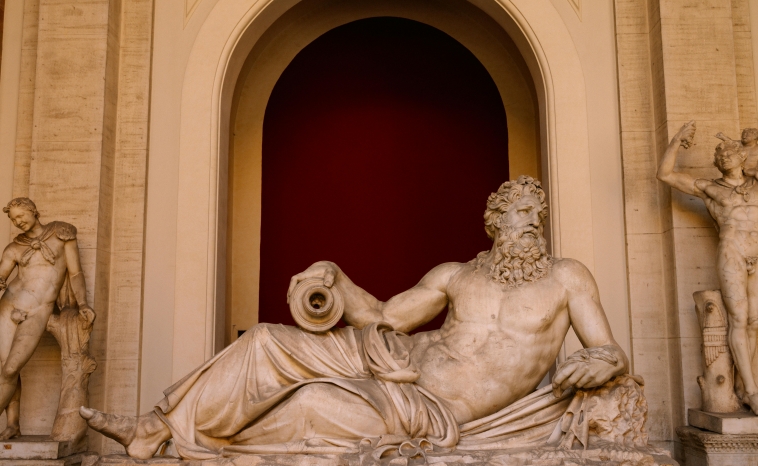Star Myths: How Ancient Civilisations Explained the Cosmos

Learn about some of the fascinating star myths of ancient civilisations and explore the legacy of ancient astronomical lore with OSR!
For millennia, humanity has looked up at the heavens with wonder, seeking answers in the stars. Ancient civilisations crafted elaborate star myths and legends to explain the cosmos, attributing the mysteries of the universe to the actions of powerful gods and celestial beings.
In this article, we’ll explore how different ancient cultures interpreted the skies, turning the vastness of space into a spiritual and philosophical canvas of myth and meaning.
The Dawn of Star Myths
Before the birth of modern astronomy, the night sky was an enigmatic realm full of secrets. Early civilisations observed the regular movements of stars and planets, noting patterns that they believed were orchestrated by supernatural forces. These early astronomers were not scientists in the modern sense, though. They were storytellers, philosophers, and priests, seeking to decode the messages written in the stars.
Across the globe, civilisations saw the heavens as a bridge between the mortal world and the divine. Recognisable astronomical objects were often personified as gods, while the orbits of planets were, for many, a cosmic story of creation, destruction, and rebirth. This melding of observation and mythology laid the foundation for some of the most enduring stories in human history.
Egyptian Gods and the Celestial Order

Ancient Egypt offers a compelling example of how star myths could become a core tenet of religious and cultural identity. The Egyptians believed that a pantheon of deities ruled the sky, maintaining order in the universe. The god Ra, for instance, was the Sun God—a powerful deity who journeyed across the sky each day in a radiant solar barque.
Ra’s daily voyage symbolised the eternal cycle of life, death, and rebirth. As the Sun rose, it brought light and warmth, driving away the darkness and chaos. At night, Ra would embark on a perilous journey through the underworld, battling forces of disorder before being reborn with the dawn. This cosmic cycle was a key part of Egyptian theology, reflecting both the rhythm of nature and the promise of renewal.
Greek and Roman Star Myths

The classical world of Greece and Rome features plenty of stories that personify the night sky. The ancient Greeks, for example, saw the heavens as the realm of Zeus, the king of the gods, whose authority extended over both the sky and human affairs. The constellations were often linked to mythological figures; the hunter Orion, the winged Pegasus, and the mighty Hercules all have their origins in Greek lore.
The Romans later absorbed and reinterpreted these stories for their own myths. They closely linked the celestial gods to their notions of power and destiny. Jupiter, the Roman counterpart to Zeus, was not only the god of the sky but also a symbol of imperial might. By charting the movements of Jupiter and other heavenly bodies, the Romans believed they could divine the fate of empires and individuals alike.
Eastern Cosmology and the Heavens

CREDIT: Kenny Louie from Vancouver, Canada, CC BY 2.0, via Wikimedia Commons
CREDIT: Kenny Louie from Vancouver, Canada, CC BY 2.0, via Wikimedia CommonsGreco-Roman tradition has dominated our interpretations of the sky in the West. However, ancient Eastern civilisations developed their own fascinating star myths too. In China, astronomers divided the heavens into separate regions, with a series of celestial palaces and deities governing each. The ancient Chinese concept of the “Celestial Empire” portrayed the sky as a vast bureaucratic system, where each star and planet had its place in a meticulously ordered hierarchy.
The Chinese also observed the cycles of the Moon and the Sun, integrating these patterns into their calendar systems and agricultural practices. The Mid-Autumn Festival, for example, celebrated the fullness of the Moon—a time when families gathered to admire its beauty and ponder the mysteries of the universe. In these traditions, the cosmos was both a literal and metaphorical source of harmony and balance.
Similarly, Indian mythology is rich with astronomical stories. The Hindu cosmos is depicted as a layered universe, with different realms occupied by gods, demons, and other divine beings. The Sun is personified as Surya, a radiant deity whose chariot is driven across the sky by celestial horses. Aside from helping to explain natural phenomena, these stories also conveyed profound philosophical truths about the nature of reality.
Final Thoughts on Star Myths
The legacy of ancient star myths continues to shape our modern view of the universe. By exploring the gods of the sky and the stories they inspired, we can connect with the timeless story of the human spirit. So, next time you look up, remember that every star has a story, and every constellation is a chapter in the grand narrative of the heavens!

If you find myths of ancient skies captivating, or you yearn to uncover the stories behind the stars, why not take your fascination further? Discover the OSR Gift Pack and explore our range of star naming options, connecting you to the wonders of the cosmos. Whether you’re gifting a loved one or commemorating a special moment, our OSR Gift Pack brings a piece of the ancient sky right to your doorstep!

